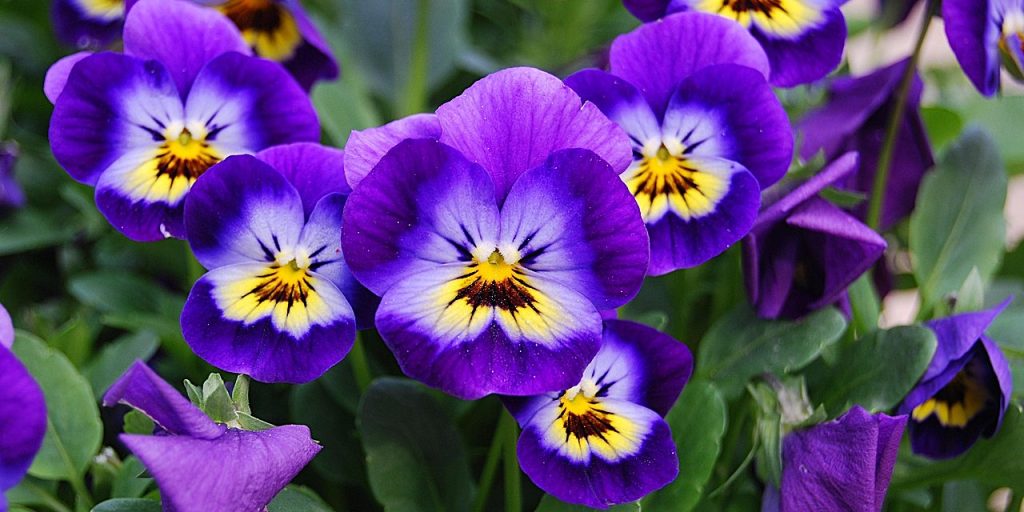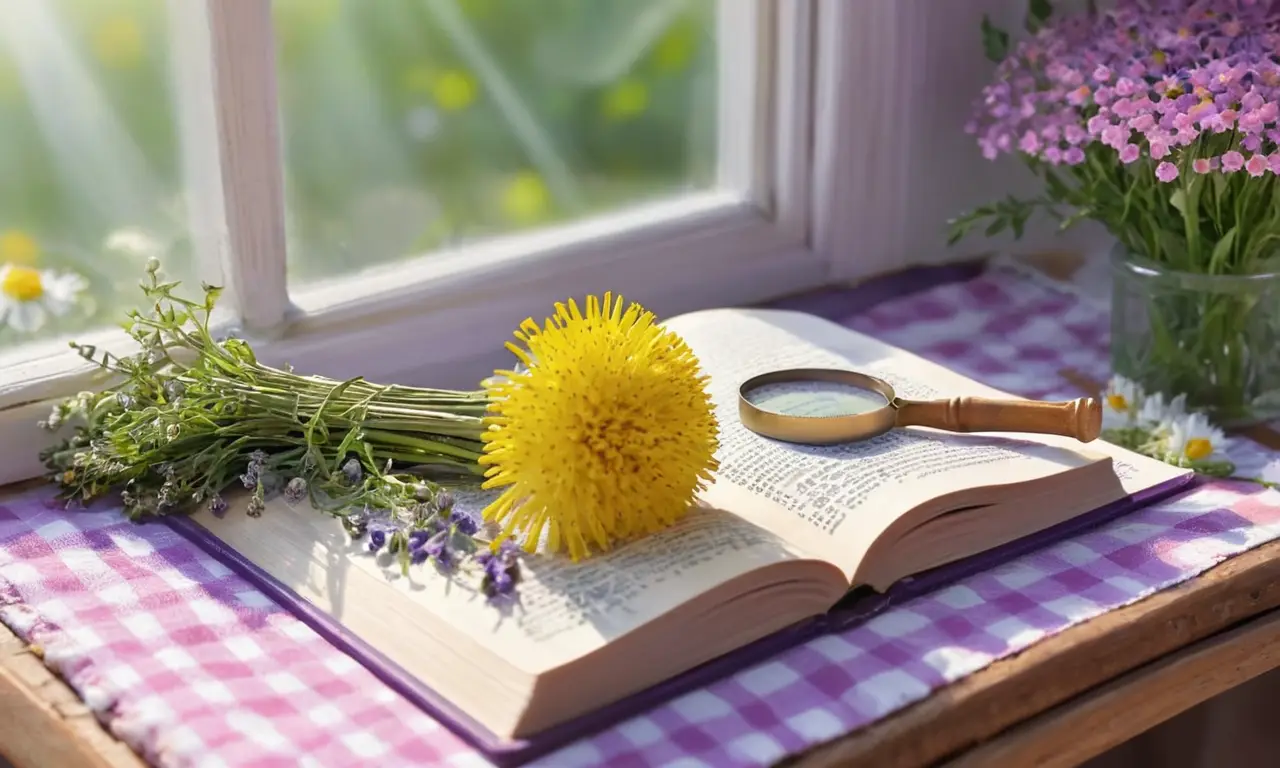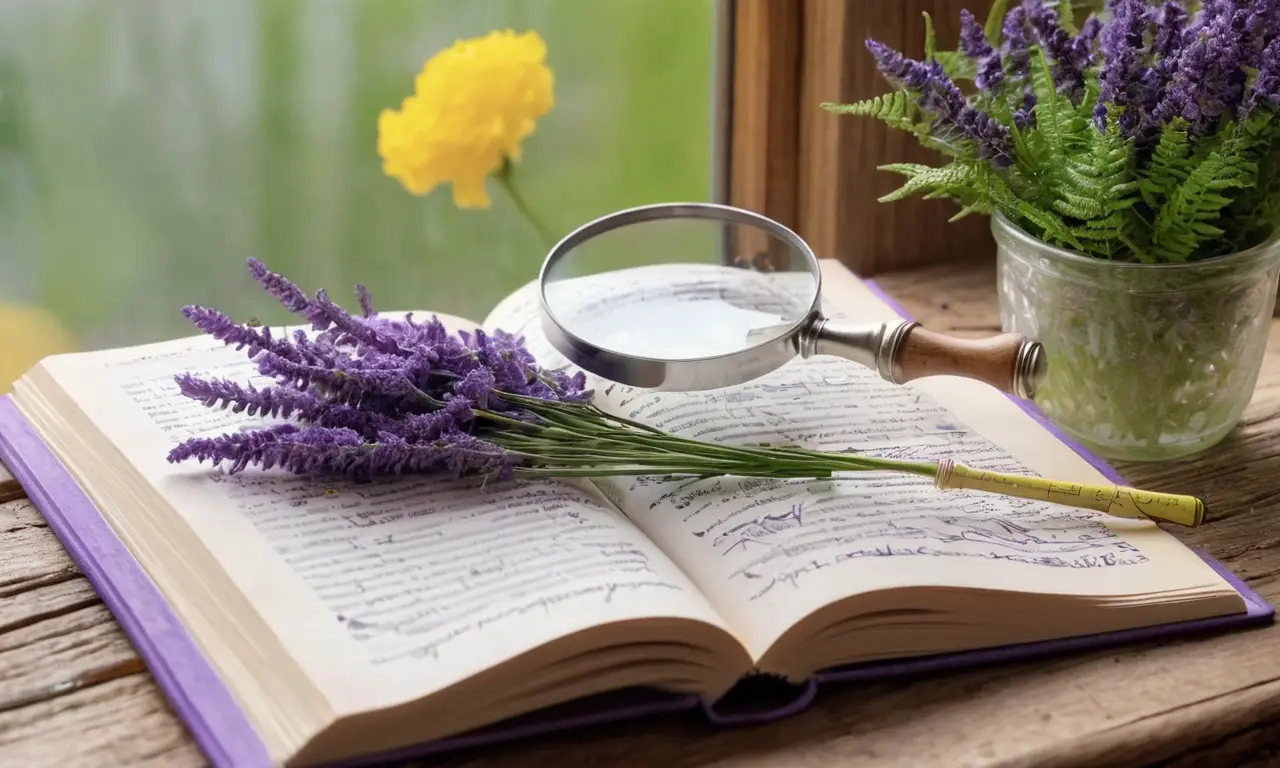
Have you ever considered adding a touch of floral beauty to your culinary creations? Edible flower petals can add vibrant color, unique flavors, and an elegant touch to dishes. However, before you start incorporating these delicate blooms into your meals, it’s crucial to understand the potential risks involved. Not all flowers are safe for consumption, and some can even be toxic. This article will guide you through the essential safety precautions and identification tips for enjoying edible flower petals responsibly.
This comprehensive guide will delve into the safety aspects of consuming flower petals, provide practical tips for identifying edible varieties, outline potential risks associated with ingesting unknown flowers, and recommend reliable sources for accurate information. By following these guidelines, you can confidently explore the world of edible flowers and add a touch of floral magic to your culinary adventures.
Edible Flower Petals Safety
The safety of consuming flower petals depends largely on the specific species. While many flowers are perfectly safe and even delicious, others can be toxic or cause allergic reactions. It’s essential to remember that what is safe for one person may not be safe for another, so always err on the side of caution. When in doubt, avoid consuming any unknown flower petals.
Always start with small amounts when trying a new edible flower to assess your tolerance. Pay close attention to any adverse reactions, such as itching, swelling, or digestive discomfort. If you experience any negative symptoms, discontinue consumption immediately and consult a healthcare professional if necessary. Remember, your health is paramount, so prioritize safety over experimentation.
Identifying Edible Flowers

Accurate identification is crucial when it comes to consuming flower petals. Many edible flowers share similarities with poisonous varieties, making visual identification challenging. It’s best to rely on reputable sources and expert guidance for accurate identification. Consult gardening guides, botanical books, or online databases that specialize in edible flowers.
When identifying a flower, consider its overall appearance, including the shape, color, size, and arrangement of petals. Examine the leaves, stems, and any other distinguishing features. Pay attention to the plant’s habitat and growing conditions, as these can provide additional clues about its edibility. Remember, even experienced foragers can make mistakes, so always double-check your identification before consuming any flower.
Resources for Flower Identification
Several reliable resources can assist you in identifying edible flowers:
- Gardening Guides: Comprehensive gardening books often include sections on edible flowers with detailed descriptions and photographs.
- Botanical Websites: Reputable botanical websites offer extensive information about various plant species, including their edibility.
- Local Experts: Contact your local botanical garden, horticultural society, or university extension office for expert advice on identifying edible flowers in your region.
Potential Risks of Consuming Flowers
While many edible flowers are safe and nutritious, there are potential risks associated with consuming them:
- Toxicity: Some flower species contain toxins that can cause adverse health effects, ranging from mild discomfort to severe illness.
- Allergies: Individuals may experience allergic reactions to certain flower petals, resulting in symptoms such as itching, swelling, or respiratory problems.
- Pesticide Residues: Flowers grown commercially may contain pesticide residues, which can pose health risks if consumed.
It’s crucial to choose flowers from reputable sources and ensure they have been grown organically or without the use of harmful pesticides.
Reliable Sources for Flower Identification

When it comes to identifying edible flowers, relying on credible sources is paramount. Avoid using unreliable websites or social media posts as these may contain inaccurate information. Opt for resources known for their accuracy and expertise:
- Botanical Gardens: Botanical gardens often have experts who can identify plants and provide information about their edibility.
- University Extension Offices: These offices offer educational programs and resources on various gardening topics, including edible flowers.
- Reputable Gardening Books: Look for books written by experienced botanists or horticulturists with a focus on edible plants.
Precautions When Eating Flower Petals
To ensure your safety when consuming flower petals, follow these precautions:
- Thorough Identification: Double-check the identity of any flower before eating it. Consult reliable sources and experts for confirmation.
- Organic Sources: Choose flowers grown organically or without pesticides to minimize exposure to harmful chemicals.
- Wash Carefully: Rinse all flower petals thoroughly under running water to remove dirt, debris, and potential contaminants.
- Start Small: Begin with a small amount of a new edible flower to assess your tolerance and watch for any adverse reactions.
Conclusion
Incorporating edible flower petals into your culinary creations can add a touch of elegance and unique flavors to your dishes. However, it’s crucial to prioritize safety by thoroughly researching and identifying edible varieties before consumption. Always err on the side of caution, consult reliable sources, and follow proper precautions to ensure a safe and enjoyable experience. By adhering to these guidelines, you can confidently explore the world of edible flowers and elevate your culinary creations with their vibrant beauty and delicate flavors.
